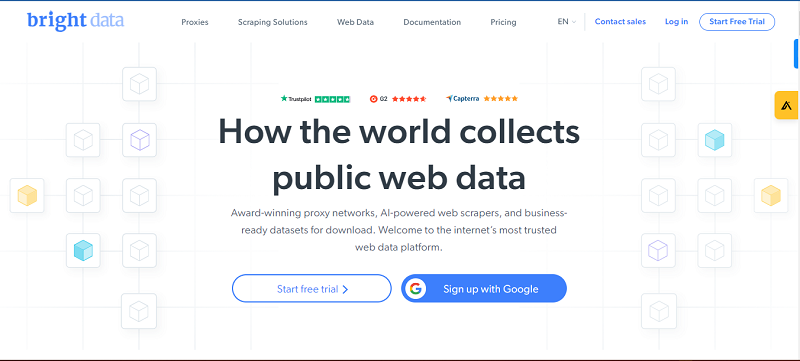It used to be that a good piece of business software, marketed well and diligently sold, could find mainstream success on its own. Those days are gone. In today’s SaaS market business customers expect your software to perform seamlessly, as part of a robust ecosystem of business software solutions. It is no longer simply a matter of whose software has the most features or who can provide the best user experience, it is about who has the most comprehensive environment and how easily it can be integrated with the rest of the business software your customer needs.
What does that mean for your business?
This new era in business has paved the way for a new path to commercial success – strategic alliances and integrations. Rather than trying to come up with all the answers in-house, which is guaranteed to overwhelm your in-house resources, you will need to leverage the strength of adjacent vendors and create partnerships that can be beneficial for both businesses. Whether you need help with collaboration, workflow, or even security, there will typically be more than one vendor out there who can match your needs and use what your own product has to offer.
To succeed in assembling your partner ecosystem, keep two considerations in mind:

First and foremost, you must integrate your software with the tools that your customers use most often. To find out which tools those are, you should keep an organized record of features, functions and integrations most often requested by customers and prospects. Alongside that, it is important to keep an eye on the industry’s most popular complementary tools that can help address customer needs, as well.
While this seems easy enough, this is where things often get tricky. Just like you, everyone wants to integrate with the same widely deployed apps, and given the high demand, it is often difficult to get attention from these typically larger technology vendors. Furthermore, even when your integration is complete, you run the risk of becoming yet another offering in a crowded app marketplace hosted by a big player. Without a thorough go-to-market plan you may not get the customer attention and increased reach you are looking for.
That’s where the second consideration comes in.
Partner engagement is a crucial, yet often overlooked, part of a successful technology partnership strategy. If you are able to integrate your product with complementary solutions from engaged technology partners you will be able to not only enhance your product by making it a part of a larger ecosystem, but also greatly enhance your sales reach, cost-effectively generate new sales leads, and enhance your brand exposure.
Partner engagement starts with targeting the right types of prospective partners. I find that the following simple criteria work in most cases:
1) Vertical Alignment – If you are operating in one or more verticals or industries, try to engage partners that operate in the same areas. This increases the likelihood that customers will view your solutions as complementary and increases the odds for a cultural fit between you and the partner.
2) Similar Customer Profile – Search for partners whose customer base and buyer profile are similar to your own.
3) Structured Programs– Your chances for strategic success increase dramatically if your chosen partner has a structured program to support technology alliances. Things work better when everyone has done it before, and if the program is structured you know exactly what you’re giving and what you’re getting in return.
4) Reciprocity – Everyone needs to get something out of a technology alliance, or else the relationship is unlikely to last. Give a lot of thought to what you can offer your partner, not just to what you expect to get out of the relationship.
5) Personal Relationships – People do business with people. If all you do is integrate your software and expect things to work out on their own, you are likely to be disappointed. Engage with people you trust and with which you can see yourself working.
Technology alliances are an essential part of today’s SaaS business strategy. They can help you to extend your product capabilities, while increasing your market reach and helping grow sales. The trick is balancing between the need to integrate with the most widely deployed business tools and unlocking the tremendous value that you can generate with an engaged technology partner. Finding a healthy balance will provide endless possibilities for the growth and future success of your business.
By Ronen Vengosh, VP Platform and Ecosystem – Egnyte





